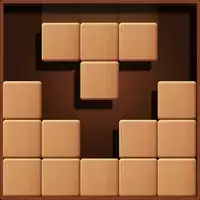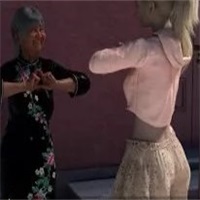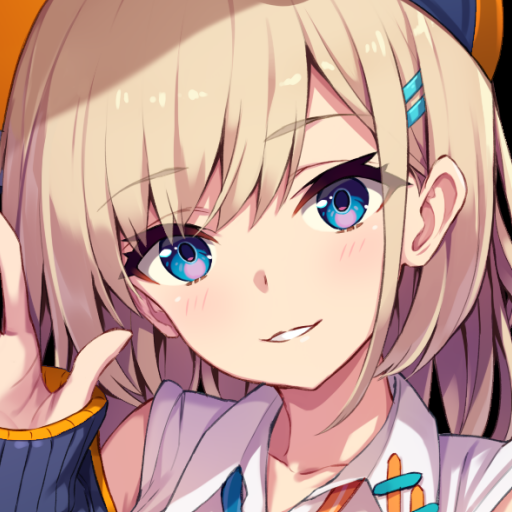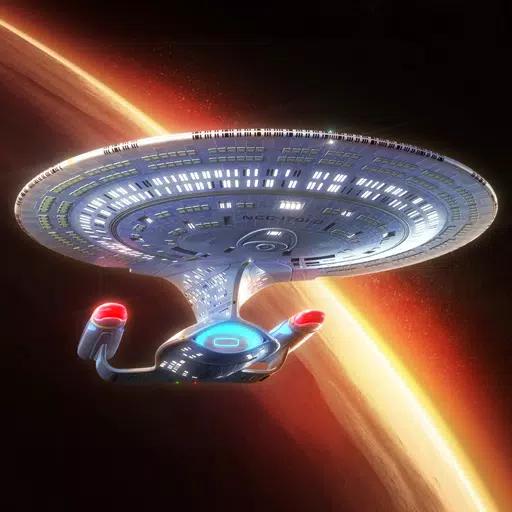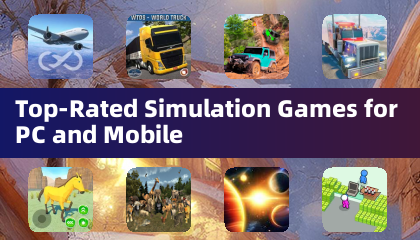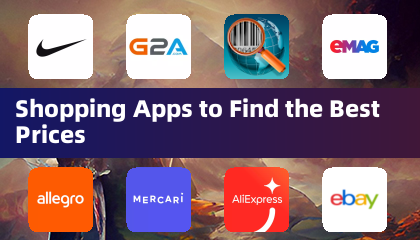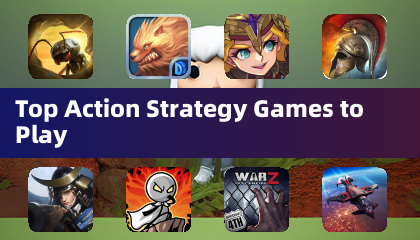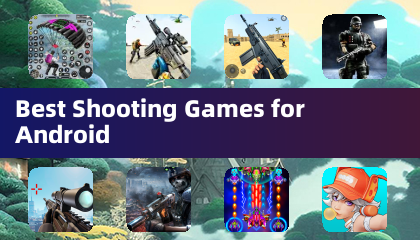At the start of April, Nintendo's much-anticipated Switch 2 Direct event concluded on a surprising note. The showcase dazzled fans with an array of innovative features and a robust lineup of upcoming titles, yet it conspicuously omitted one crucial detail: the price. Speculation about a potential price increase quickly escalated, and soon after, Nintendo confirmed fans' fears. On the newly launched Switch 2 website, they announced that the console would retail at $449, a $150 jump from the original Switch's launch price of $299. This revelation sparked a mix of frustration over the lack of transparency and concern about the impact on the console's market performance, particularly with the announcement that the flagship launch game, Mario Kart World, would cost $80.
The announcement triggered a wave of pessimism among some Nintendo fans, still haunted by the underwhelming performance of the Wii U. Many feared that the steep price would limit the Switch 2's appeal, potentially relegating Nintendo to another commercial setback. Doubts swirled about whether consumers would shell out $450 for what some considered last-generation technology, especially when competing with the likes of the PS5 and Xbox Series X. However, these fears were swiftly dispelled by a Bloomberg report predicting a record-breaking launch for the Switch 2, with estimates of 6-8 million units sold. This would surpass the launch records of the PS4 and PS5, both at 4.5 million units. Despite the higher price tag, the demand for the Switch 2 remains robust, a testament to the enduring appeal of Nintendo's offerings.
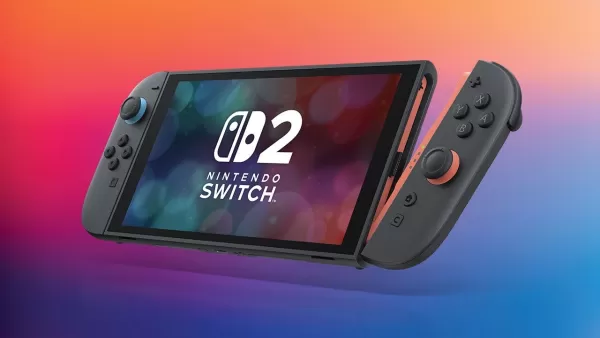
Although the Switch 2 is priced at a premium, it aligns well with its competitors. A look back at Nintendo's past can offer insights into why the Switch 2 is poised for success. The Virtual Boy, launched 20 years ago, marked Nintendo's first and only foray into virtual reality. While the concept of VR has gained significant traction today, the technology in 1995 was not ready for widespread adoption. The Virtual Boy, with its cumbersome design and red-hued display, failed to capture the imagination of gamers, leading to numerous reports of discomfort and ultimately, commercial failure. In stark contrast, the Switch 2's design and functionality are reminiscent of the successful Wii, which revolutionized gaming with its motion controls and broad appeal, from children to seniors.
Nintendo's ability to create compelling hardware is not unique, as evidenced by Sony's PlayStation 2, which doubled as a DVD player and became a household staple. Yet, when Nintendo hits the mark, the impact is profound. The original Switch's seamless transition between handheld and console modes was a game-changer, blurring the lines between portable and home gaming. While the Switch 2 may not be as groundbreaking, it addresses the power limitations of its predecessor, ensuring it remains a highly desirable product.
The pricing of the Switch 2 is in line with what competitors charge for their flagship consoles. The Wii U's failure serves as a reminder that hardware alone is not enough; a strong lineup of games is crucial. The Wii U's launch was marred by a lack of innovative titles, with New Super Mario Bros. U failing to reinvigorate a tired formula. In contrast, the Switch 2 inherits a stellar library from its predecessor and introduces new ways to experience these games, such as graphical enhancements and new content. The launch title, Mario Kart World, breaks from tradition with an open-world design reminiscent of Forza Horizon, providing a fresh take on the beloved franchise. Additionally, upcoming titles like a new 3D Donkey Kong game and an exclusive FromSoft title akin to Bloodborne further bolster the Switch 2's appeal.

While the $449 price tag positions the Switch 2 as a luxury item, it is consistent with industry standards. The PS5 and Xbox Series X are priced similarly, with the Switch 2's Mario Kart World bundle matching the PS5's $499 price point. Although some might argue that the Switch 2's hardware justifies a lower price closer to that of the Xbox Series S, Nintendo's unique value proposition lies beyond raw performance.
The PS3's launch serves as a cautionary tale of pricing too high, with its $499 and $600 models deterring initial sales in favor of the more affordable Xbox 360. However, in 2025, the Switch 2's pricing is within the established norm for gaming consoles. Nintendo's track record of delivering exceptional games that set industry standards ensures that fans are willing to pay a premium for their products. With over 75 million PS5 units sold, it's clear that consumers are comfortable with the current pricing landscape, and the Switch 2 is poised to thrive within it.


